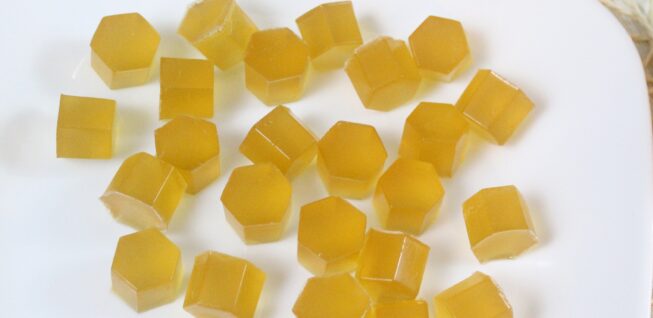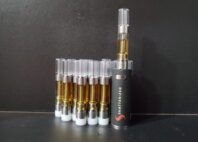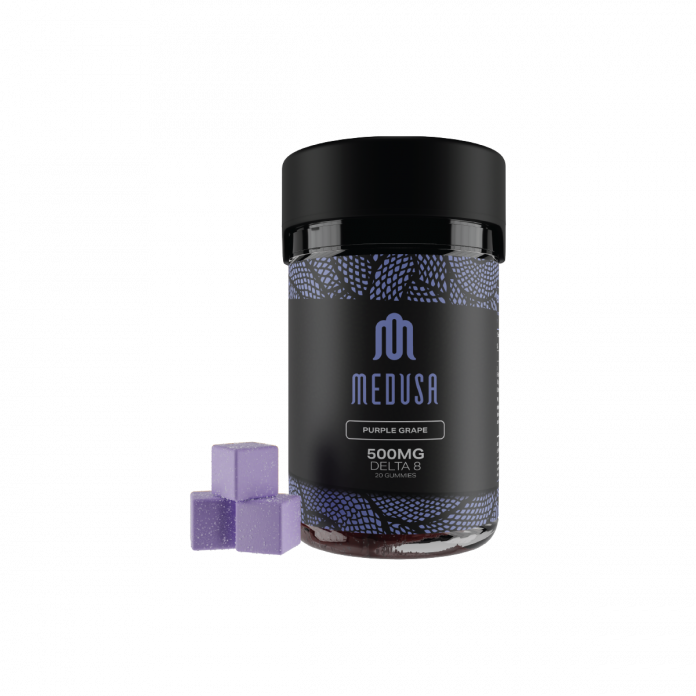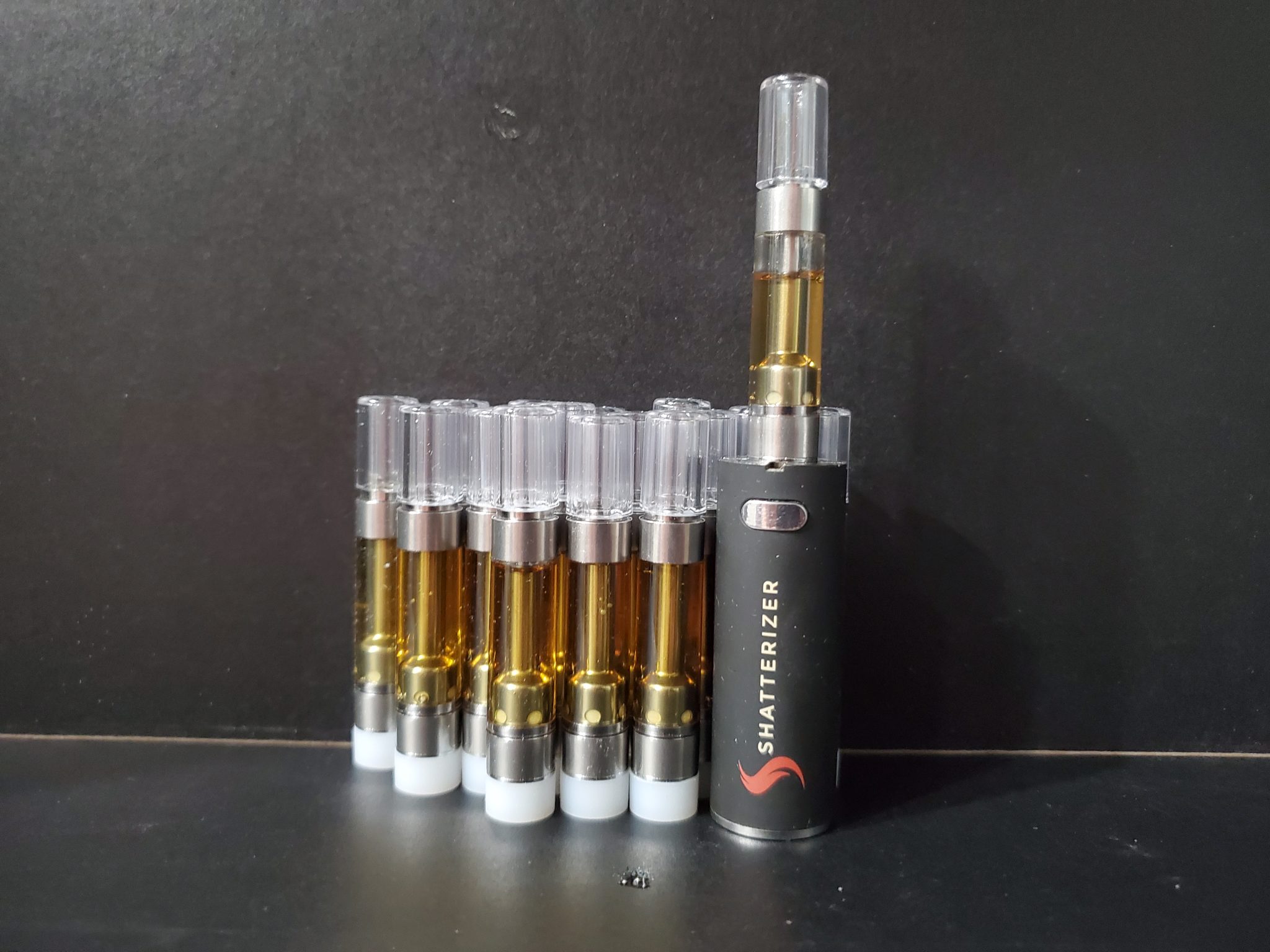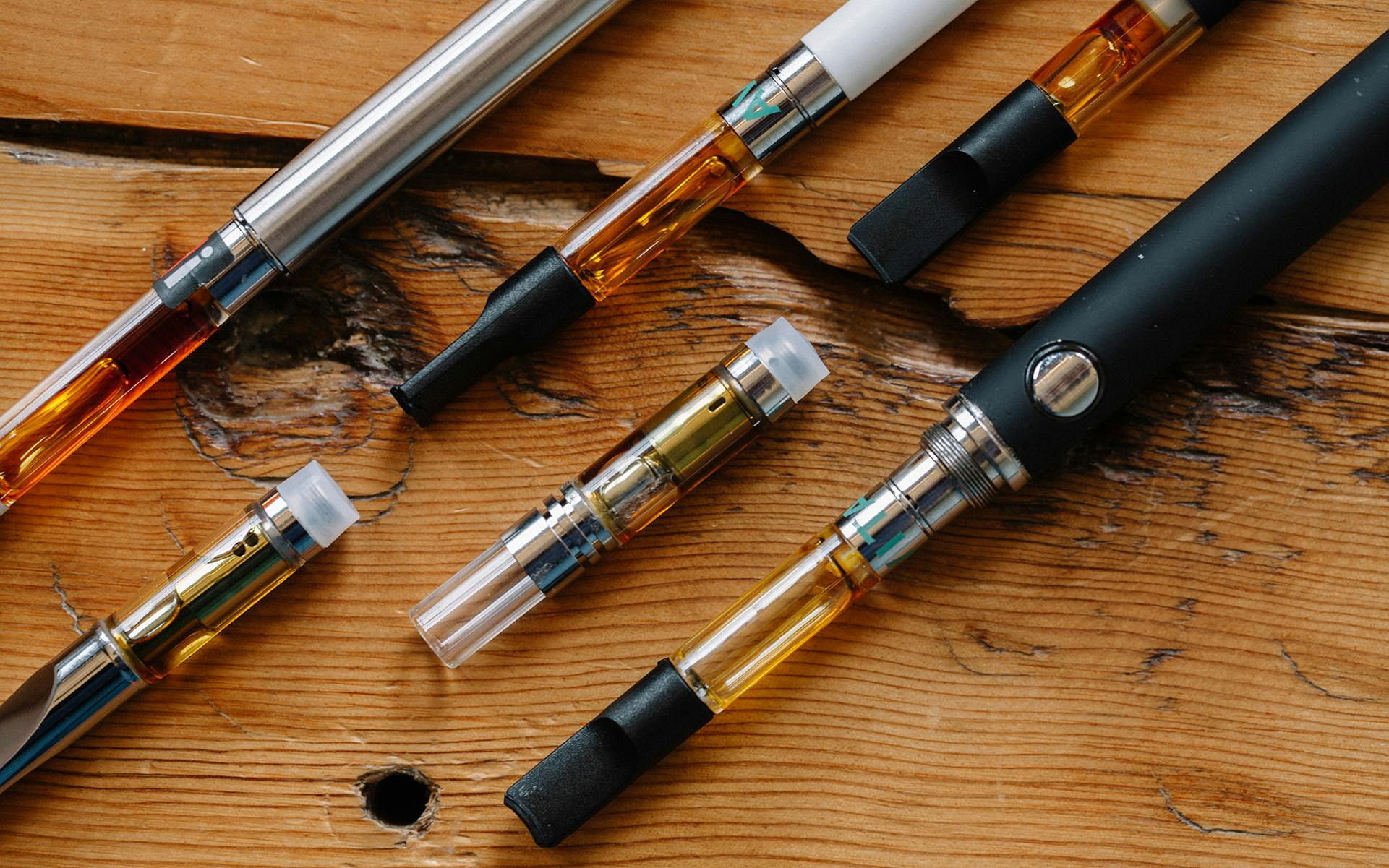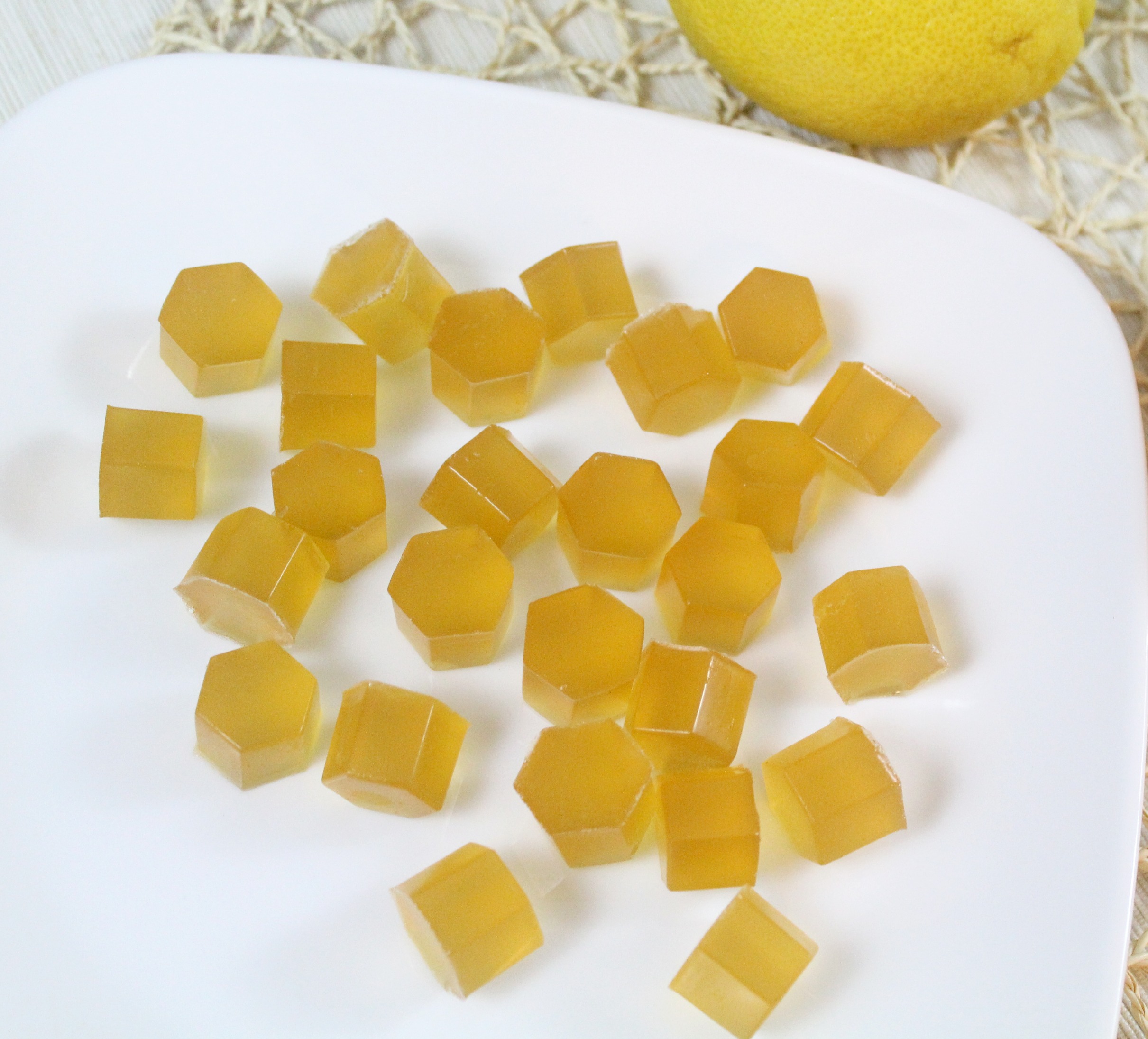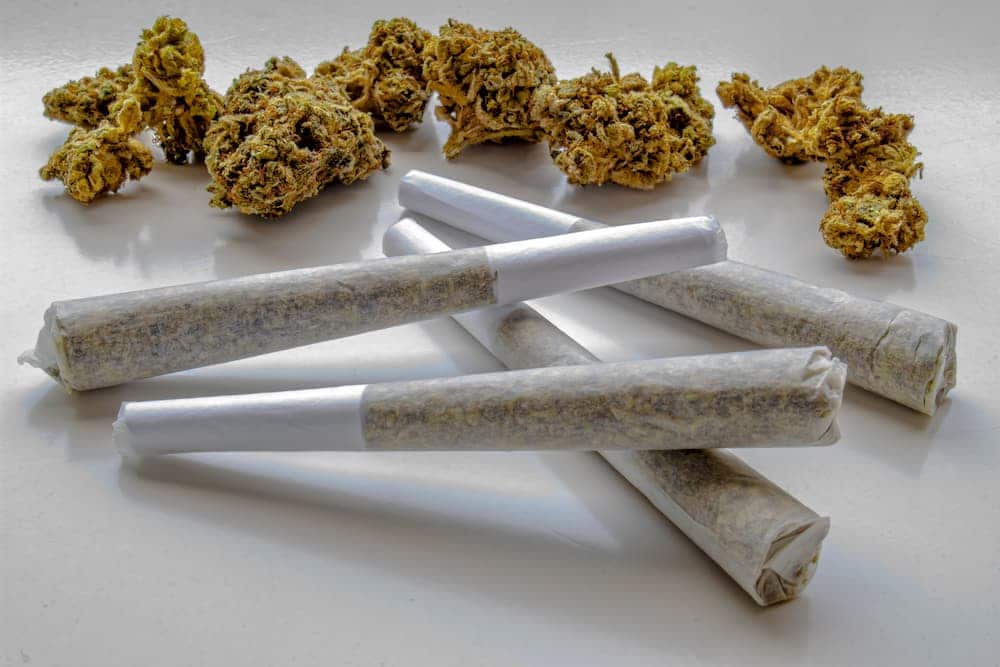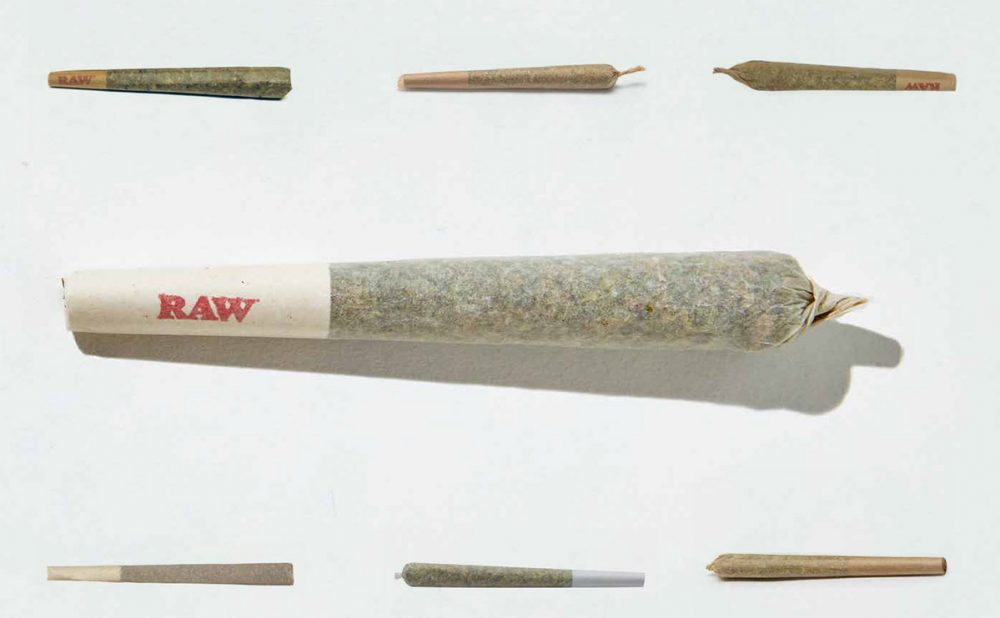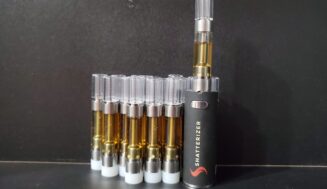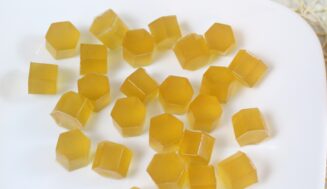Health insurance plays a pivotal role in safeguarding your physical and financial well-being. In today’s world, where healthcare costs are rising, having adequate health insurance coverage is not just a wise choice; it’s a necessity. Whether you’re self-employed, employed by a company, or seeking coverage through the Florida health insurance marketplace help, understanding the profound impact of health insurance on your financial stability is crucial. In this article, we will delve into how health insurance influences financial well-being.
Protection Against High Medical Expenses
One of the most significant benefits of having health insurance is protection against unexpected and often exorbitant medical expenses. Without insurance, a serious illness or injury can lead to overwhelming bills that can quickly deplete your savings or push you into debt. Health insurance ensures you have financial support when you need it most, covering hospitalizations, surgeries, prescription medications, and preventive care.

Preventing Medical Debt
Medical debt is a growing concern in the United States, and it can have long-lasting consequences for your financial well-being. Having health insurance can significantly reduce the risk of accumulating medical debt. When you’re covered, you pay lower out-of-pocket costs, making it easier to manage your finances and avoid medical bills.
Access to Preventive Care
Many health insurance plans offer preventive care services at little to no cost. This includes vaccinations, screenings, and check-ups. By taking advantage of these services, you can catch health issues early, preventing them from becoming more severe and costly. Your financial well-being benefits from the reduced need for expensive medical interventions.
Job Flexibility
Health insurance coverage is often tied to employment. Still, with the availability of state and federal marketplaces like the Florida health insurance marketplace, you can gain more job flexibility without sacrificing coverage. This means you can pursue your career goals, start a business, or switch jobs without fearing losing your health insurance. It provides peace of mind and the financial stability to pursue your dreams.
Financial Security for Your Family
Health insurance doesn’t just protect you; it also extends its benefits to your family members. Knowing that your loved ones are covered in times of illness or injury brings peace of mind. Additionally, family health insurance plans can often be more cost-effective than individual policies, saving you money in the long run.
Retirement Planning
Your financial well-being in retirement is closely tied to the health insurance choices you make during your working years. Medicare typically becomes available at age 65, but having health insurance in place before retirement ensures you have continuous coverage as you transition into this phase of life. Delaying health insurance decisions until retirement can lead to gaps in coverage and potentially higher costs.
Emergency Preparedness
Health insurance also plays a crucial role in emergency preparedness. In a natural disaster or unforeseen crisis, having health insurance ensures that you can access medical care when needed. This protects your health and prevents unexpected financial burdens during challenging times.
Conclusion
The impact of health insurance on your financial well-being cannot be overstated. It provides protection against high medical expenses, prevents medical debt, grants access to preventive care, and offers job flexibility. Furthermore, it ensures your family’s financial security and plays a pivotal role in retirement planning. By making informed decisions about your health insurance coverage, whether through your employer or the Florida health insurance marketplace, you can safeguard your financial stability and enjoy peace of mind, knowing that you’re prepared for any healthcare-related challenges that may come your way.




